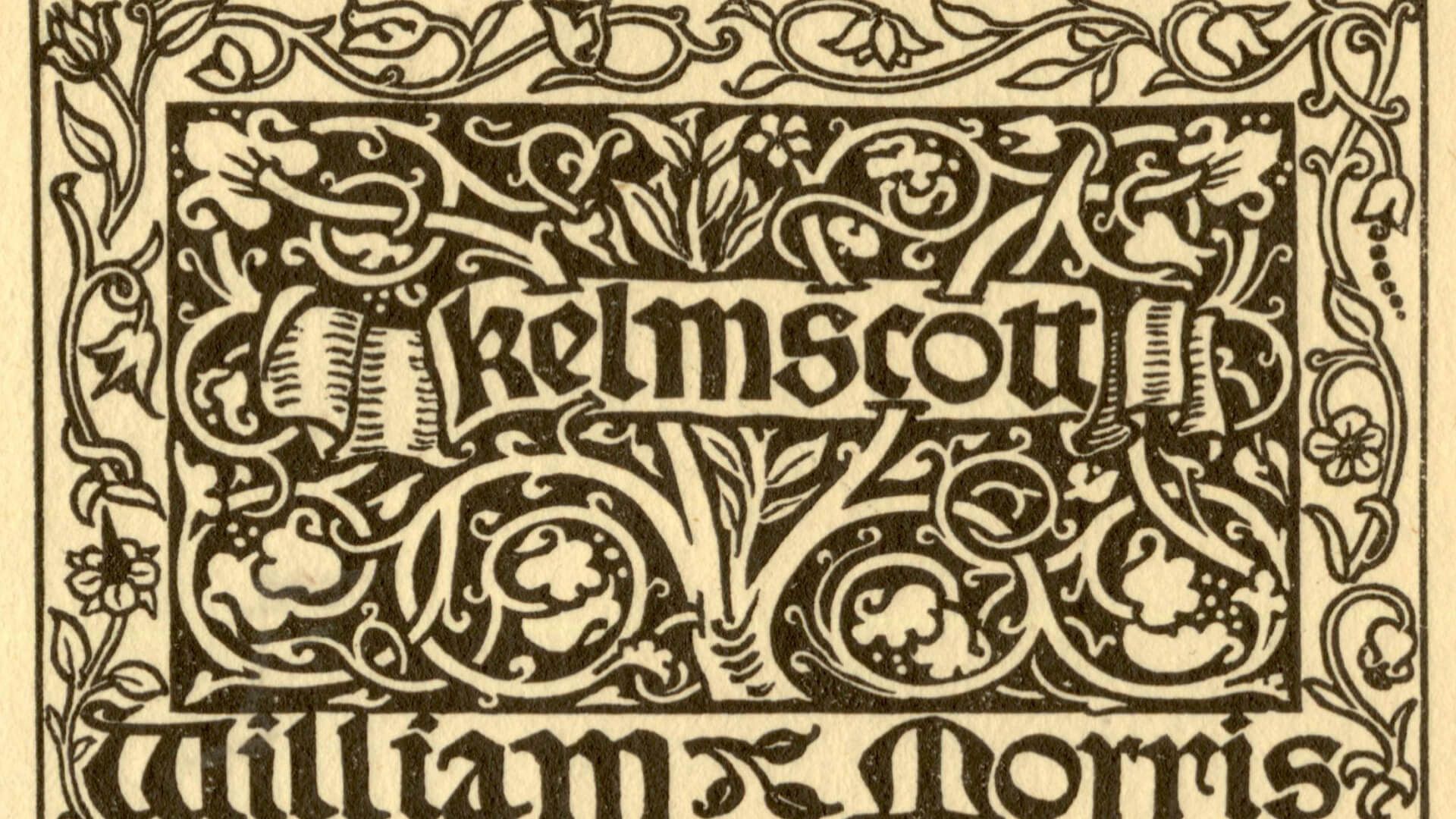- Blog
- Typeface in typography

Typeface in typography
A typeface in typography is a set of one or more typefaces in one or more sizes and styles that have a stylistic unity of design and consist of a specific set of typographic characters. The typeface usually contains alphanumeric characters, punctuation marks, and special characters. There are also typefaces that consist entirely of non-alphabetic characters, such as those containing mathematical or cartographic symbols. The term "typeface" is often confused with the term "font", the meanings of these words were more distinguishable before the advent of desktop publishing. The difference between the terms is that a font defines the properties of a particular font family member, such as bold or italic, while a typeface defines the consistent style of a font family.
Typeface Anatomy
There are main groups of fonts: text and display fonts. These two groups branch out into many subgroups. Each headset has its own name. Developing headsets is a complex and time-consuming job.
Typographers have developed a complex vocabulary describing the many features of fonts and typography. Some of his concepts do not apply to all scripts. So, for example, "serifs", which are purely decorative elements in European scripts, may look like details of Arabic or East Asian characters (such as stroke thickness), but the latter can carry a semantic load, and it is incorrect to call them serifs.
Serifs
Typefaces can be divided into two main categories: serif typefaces (antiqua and slab types) and sans-serif typefaces (grotesque). Serifs are small features at the ends of letter strokes. In printing industry, sans-serif fonts are also called grotesques (German Grotesk from Italian grottesco).
There is a wide variety of fonts, both serif and sans serif. Both groups contain both typefaces designed for typing large amounts of text, and designed primarily for decorative purposes. The presence or absence of serifs is just one of many factors that are considered when choosing a typeface.
It is often assumed that serif fonts are easier to read in long texts than sans serifs. Research on this issue has been mixed, suggesting that the main reason for this effect is more familiarity with serif fonts. As a rule, printed works, such as newspapers and books, use serif fonts, at least in the body text. Websites may not detect the font and use the user's browser settings. But font-setters usually use sans-serif fonts because, unlike printed materials, serifs don't work well on low-resolution computer screens.
Proportions
A proportional font displays characters of varying widths, while a non-proportional, or monospaced, font displays characters placed on a constant, fixed width.
Most people find proportional fonts to be more attractive and readable, and as such, they are the most commonly used typefaces in professionally printed materials. For the same reason, GUI programs (such as word processors and browsers) typically use proportional fonts. However, many proportional fonts contain fixed-width characters so that, for example, columns of numbers remain aligned.
Monospaced fonts are better suited for some purposes because their characters line up in crisp, even columns. Most manual typewriters and alphanumeric computer displays use monospace fonts. Most computer programs that only have a text interface (such as terminal emulators) also use only monospaced fonts. Programmers tend to prefer monospaced fonts when editing Source Code. ASCII art usually requires a monospaced font to display correctly. On web pages, the HTML <tt> </tt> or <pre> </pre> tags most often define non-proportional fonts. In LaTeX, the verbatim environment uses non-proportional fonts. Any two lines of text with the same number of characters should appear the same width when using a monospaced font, while when using a proportional font, the same two lines can have completely different widths. This is because, in the latter case, wide characters (such as the letters W, Q, Z, M, D, O, H, and U) require more space than narrow characters (such as i, t, l, and one). In publishing, editors read manuscripts in monospaced fonts for ease of editing, and it is considered bad manners to send manuscripts in proportional fonts.
Source: ru.wikipedia.org
* All the materials presented on the site solely for acquaintance with nonprofit purposes.
See more
-
![How to install a new font]()
How to install a new font
11 August 2022 -
![Fonts: history of development and main characteristics]()
Fonts: history of development and main characteristics
11 August 2022 -
![Typeface in typography]()
Typeface in typography
12 August 2022 -
![Antiqua - a class of typographic typesetting fonts]()
Antiqua - a class of typographic typesetting fonts
12 August 2022 -
![Embedding fonts via @font-face]()
Embedding fonts via @font-face
12 August 2022 -
![How to tell from a picture]()
How to tell from a picture
12 August 2022
Powered by SEOexpert.by.






